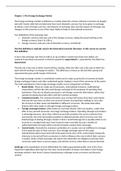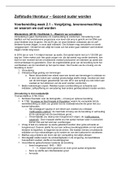Summary
Summary International Money and Finance. Chapter 1, 2, 3
- Course
- Institution
- Book
Summary of week 1 of the course International Money and Finance. Including chapter 1, 2 and 3 of the book International Finance by Keith Pilbeam and Franc Klaassen.
[Show more]





